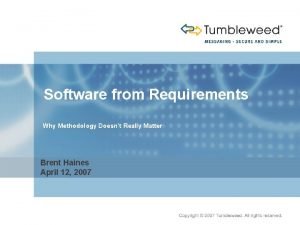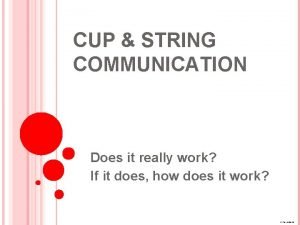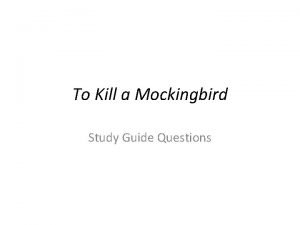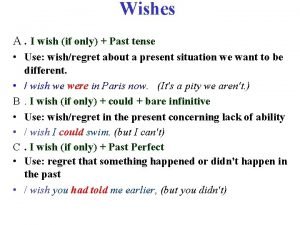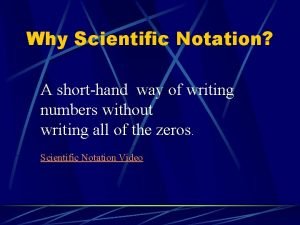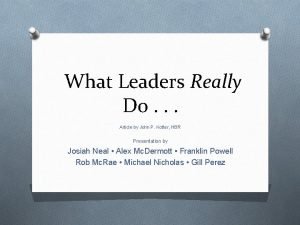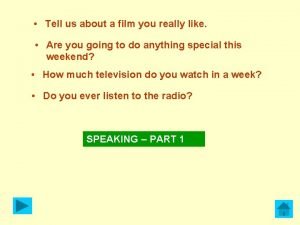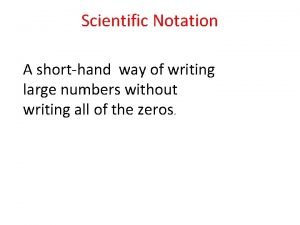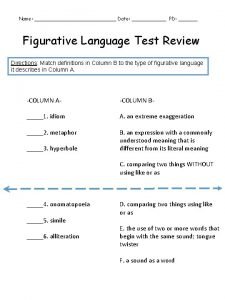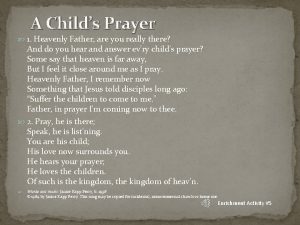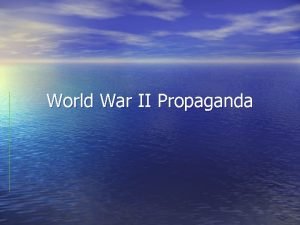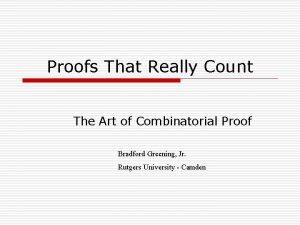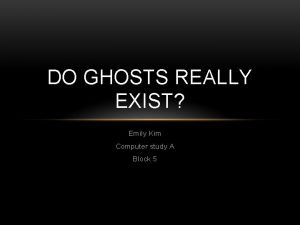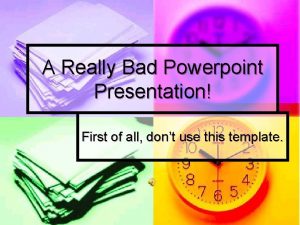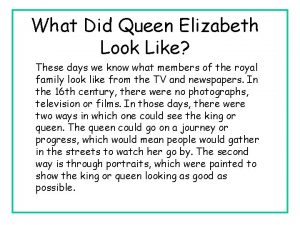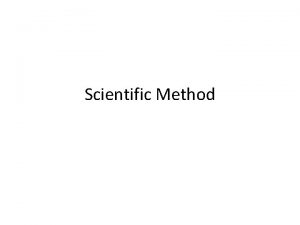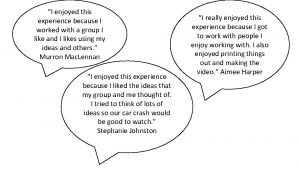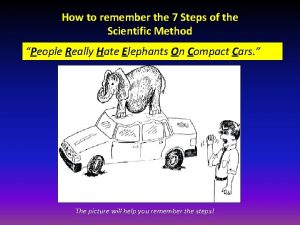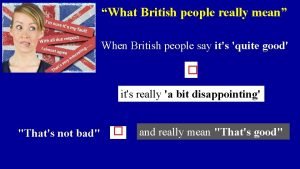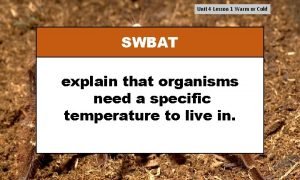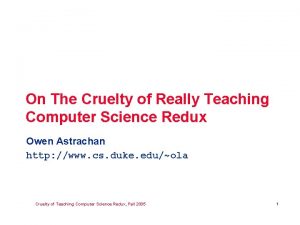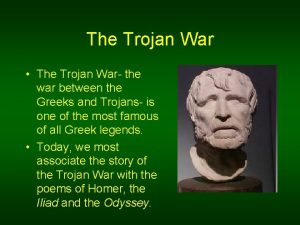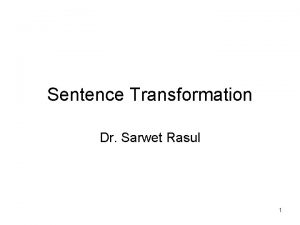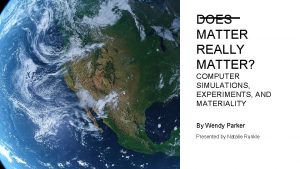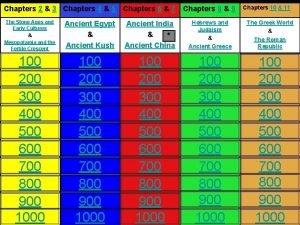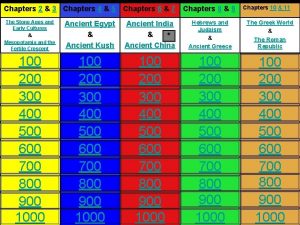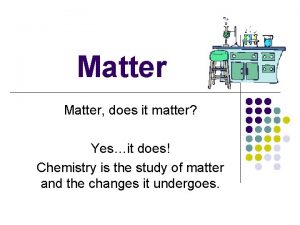Matter chapters 1 3 It really does matter




















































- Slides: 52

Matter chapters 1 -3

It really does matter! Chemystery Physicological Coup de eta Elements, compounds and mixtures oh my! 10 10 10 20 20 20 30 30 30 40 40 40 50 50 50

Question 1 - 10 • What has mass and takes up space?

Answer 1 – 10 • Matter

Question 1 - 20 • Which units would be best for describing the volume of mercury (liquid) used in an experiment

Answer 1 – 20 • milliliters

Question 1 - 30 • what is mass?

Answer 1 – 30 • The measure of how much of an object you have.

Question 1 - 40 • What happens to a solid object with a density that is less than water when it is placed in water?

Answer 1 – 40 • It floats

Question 1 - 50 • Which property of matter is a measure of the gravitational force?

Answer 1 – 50 • weight

Question 2 - 10 • An element’s ability to react with acid is an example of a?

Answer 2 – 10 • Chemical property

Question 2 - 20 • How does a physical change differ from a chemical change?

Answer 2 – 20 • In a chemical change the substance changes into another substance, a physical change will have the same substance in the end.

Question 2 - 30 • Which of the following is NOT the result of a chemical change? • a. • soured milk • c. • ground flour • b. • rusted metal • digested food

Answer 2 – 30 • Ground flour

Question 2 - 40 • • • Melting crayons is an example of a a. physical property. c. chemical property. b. physical change. d. chemical change.

Answer 2 – 40 • Physical change

Question 2 - 50 • What is reactivity?

Answer 2 – 50 • The ability to form a bond or exchange electrons

Question 3 - 10 • Boiling point, melting point, and density are some of an element’s?

Answer 3 – 10 • Physical properties

Question 3 - 20 • Why would dissolving salt in water be considered a physical change?

Answer 3 – 20 • The water and the salt are not chemically combined and can be separated out.

Question 3 - 30 • What kinds of changes in substances are always physical changes?

Answer 3 – 30 • various

Question 3 - 40 • If you poured three liquids (that do not mix completely) into a beaker, how could you tell which one is the densest liquid?

Answer 3 – 40 • It would be at the bottom.

Question 3 - 50 • Which physical property of matter describes the relationship between mass and volume?

Answer 3 – 50 • density

Question 4 - 10 • At higher temperatures, • The particles in an object move………

Answer 4 – 10 • Faster and farther apart

Question 4 - 20 • • • A gas a. has a definite volume but no definite shape. b. has a definite shape but no definite volume. c. has fast-moving particles. d. has particles that are always close together.

Answer 4 – 20 • Has fast moving particles

Question 4 - 30 • In a solid, the particles…. .

Answer 4 – 30 • Are vibrating and are locked close together

Question 4 - 40 • The reverse of condensation is?

Answer 4 – 40 • evaporation

Question 4 - 50 • What is the term for going directly to the gaseous state from a solid state?

Answer 4 – 50 • sublimation

Question 5 - 10 • How do elements join to form compounds?

Answer 5 – 10 • By bonding or chemical means

Question 5 - 20 • How can a compound be broken down?

Answer 5 – 20 • By breaking bonds or by chemical means

Question 5 - 30 • Most metals are?

Answer 5 – 30 • various

Question 5 - 40 • What is formed when particles of two or more substances are distributed evenly among each other?

Answer 5 – 40 • A solution

Question 5 - 50 • Why is oxygen so reactive

Answer 5 – 50 • It has electrons missing in it’s outer shell.
 Doesnt really matter
Doesnt really matter What's the matter you look
What's the matter you look Does a string and cup really work
Does a string and cup really work Who is blamed for trespassing on the radley place
Who is blamed for trespassing on the radley place Section 1 composition of matter
Section 1 composition of matter Gray matter vs white matter
Gray matter vs white matter Section 1 composition of matter
Section 1 composition of matter Chapter 2 section 1 classifying matter answer key
Chapter 2 section 1 classifying matter answer key Median and lateral apertures
Median and lateral apertures Section 1 composition of matter
Section 1 composition of matter Gray matter and white matter
Gray matter and white matter What is gray matter in the brain
What is gray matter in the brain Flow energy review
Flow energy review Past of wish
Past of wish Scientific notation is a shorthand way of writing really
Scientific notation is a shorthand way of writing really John p kotter what leaders really do
John p kotter what leaders really do Tell us about a film you really like
Tell us about a film you really like Scientific notation is a shorthand way of writing really
Scientific notation is a shorthand way of writing really Remains simon armitage pdf
Remains simon armitage pdf Tongue twisters powerpoint
Tongue twisters powerpoint The fly buzzed past us
The fly buzzed past us A marketer can really satisfy everyone in the
A marketer can really satisfy everyone in the Heavenly father are you really there
Heavenly father are you really there Enos 1:15
Enos 1:15 Have you really tried to save gas poster meaning
Have you really tried to save gas poster meaning Proofs that really count
Proofs that really count The gentle wind softly kissed my cheeks
The gentle wind softly kissed my cheeks Do ghosts really exist
Do ghosts really exist Really bad powerpoint presentations
Really bad powerpoint presentations Tell me whats really going on
Tell me whats really going on What did jesus look like
What did jesus look like What did elizabeth i really look like
What did elizabeth i really look like It's really fascinating
It's really fascinating People really hate elephants on compact cars
People really hate elephants on compact cars Tell me whats really going on
Tell me whats really going on Rss adalah
Rss adalah Upravni govor primeri
Upravni govor primeri I really enjoyed the experience
I really enjoyed the experience How to remember the 7 steps of the scientific method
How to remember the 7 steps of the scientific method The basic aspiration of a human being is
The basic aspiration of a human being is What is the mood in the dining room at the start of act 2
What is the mood in the dining room at the start of act 2 What really happened at the first thanksgiving
What really happened at the first thanksgiving What british really mean
What british really mean This is really scary with long
This is really scary with long It's really fascinating
It's really fascinating On the cruelty of really teaching computing science
On the cruelty of really teaching computing science Sustained synoynm
Sustained synoynm Really bad attitude
Really bad attitude Theme of trojan war
Theme of trojan war The animal i really dig
The animal i really dig It sings beautifully
It sings beautifully Sentence transformation
Sentence transformation What is subliminal music
What is subliminal music
